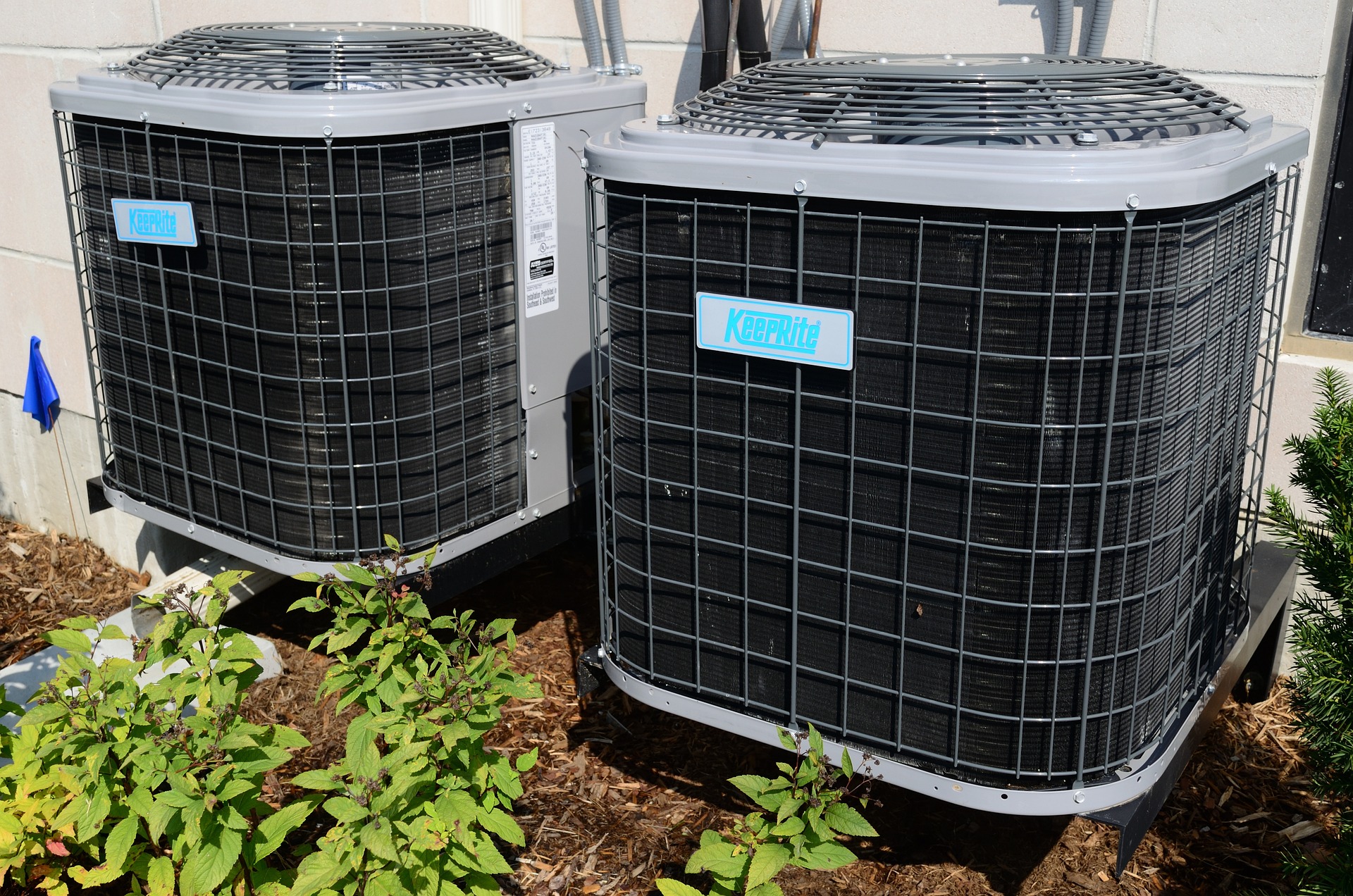HVAC Essentials: Complete Guide to Heating & Cooling
Explore how HVAC systems deliver year-round comfort through heating, ventilation, and air conditioning. This comprehensive guide explains professional installation requirements, compares heating and cooling technologies, highlights modern efficiency upgrades, and outlines costs and maintenance tips to help homeowners and businesses make informed decisions about new systems and repairs.

HVAC systems are the central components that keep indoor environments comfortable, healthy, and energy efficient. Understanding how installation, system choice, and ongoing care affect performance can help property owners avoid unnecessary expense and ensure long-term reliability. Below is a practical breakdown of what to expect when selecting, installing, and maintaining heating, ventilation, and air conditioning equipment.
Why professional installation matters
Installing an HVAC system requires training, licensing, and familiarity with local building codes. Qualified technicians perform crucial tasks such as accurate load calculations to size equipment correctly, design or verify ductwork for balanced airflow, and integrate controls so the system performs as intended. Incorrect installation can reduce efficiency, raise utility bills, cause uneven temperatures, and shorten equipment life. After setup, certified installers should test system performance, check refrigerant charges, verify airflow, and document compliance with permits and warranties.
Heating options and when to choose them
There are several heating technologies to consider depending on climate, home layout, and budget. Natural gas furnaces remain a cost-effective and dependable choice in cold regions where high output is needed. Heat pumps, available as air-source and ground-source (geothermal) models, both heat and cool and can deliver greater energy efficiency in mild to moderate climates. They have improved substantially with inverter-driven compressors that maintain steady temperatures. Radiant systems, like in-floor heating, provide even, quiet warmth and eliminate the need for bulky ductwork, making them attractive for renovations or new construction where comfort and aesthetics matter.
When choosing a heating solution, compare seasonal efficiency ratings such as AFUE for furnaces and HSPF or heating COP for heat pumps, and consider fuel availability and installation complexity.
Cooling innovations and environmental improvements
Air conditioning technology has advanced rapidly, focusing on energy savings and reduced environmental impact. Variable-speed and inverter-driven compressors allow systems to modulate output precisely, reducing start-stop cycles and improving comfort. Ductless mini-split systems offer flexible zoning and high efficiency for additions or rooms without ductwork.
Smart thermostats have become mainstream; they learn occupant patterns, provide scheduling and remote control, and can trim energy use without sacrificing comfort. Refrigerant technology is also evolving: newer low-GWP refrigerants are replacing older blends to comply with environmental regulations and minimize global warming potential. Paired together, these developments make modern cooling systems quieter, more efficient, and more eco-friendly.
Costs and typical price ranges
The cost of HVAC equipment varies based on system type, capacity, efficiency, and installation complexity. Below is a general pricing guide to help set expectations:
| System Type | Average Cost Range | Installation Cost |
|---|---|---|
| Central AC | $3,000 - $7,000 | $2,000 - $4,000 |
| Gas Furnace | $2,500 - $6,000 | $1,500 - $3,000 |
| Heat Pump | $4,000 - $8,000 | $2,500 - $4,500 |
| Complete HVAC System | $6,000 - $12,000 | $3,500 - $7,000 |
Prices, rates, or cost estimates mentioned in this article are based on the latest available information but may change over time. Independent research is advised before making financial decisions.
Keep in mind that higher-efficiency models often cost more upfront but can lower monthly operating expenses. Installation variables such as duct modifications, electrical upgrades, permits, and the need for additional components will affect the final invoice.
Maintenance to protect performance and longevity
Regular upkeep keeps systems running efficiently and reduces the risk of breakdowns. Key maintenance tasks include seasonal inspections, filter replacement, duct sealing and cleaning when needed, refrigerant checks, airflow verification, and thermostat calibration. Annual or biannual tune-ups by a licensed technician can catch small issues early, preserve warranty coverage, and maintain efficiency ratings. For systems with complex controls or refrigeration, leave servicing to certified professionals to ensure accurate diagnostics and safe handling of refrigerants.
How to choose the right system
Selecting an HVAC solution should balance comfort goals, budget, and long-term operating costs. Consider climate, home size, insulation quality, and whether zoning, humidity control, or quiet operation are priorities. Review energy efficiency ratings—SEER for cooling, AFUE for furnaces, and HSPF for heat pumps—and compare estimated annual energy use. Investigate local incentives or rebates for high-efficiency equipment and ask contractors for multiple quotes and references.
Work only with licensed, insured professionals who provide written estimates, clear explanations of scope, and post-installation test results. Proper permits and documentation protect you and help ensure the installation meets code and manufacturer warranty requirements.
Final considerations
Investing in the right HVAC system and ensuring it is installed and maintained correctly pays dividends in comfort, energy savings, and equipment life. Whether replacing a single component or installing a full system, prioritize accurate sizing, reputable installation, and routine servicing. When in doubt, consult certified HVAC contractors for tailored recommendations that reflect your climate, home characteristics, and budget.






